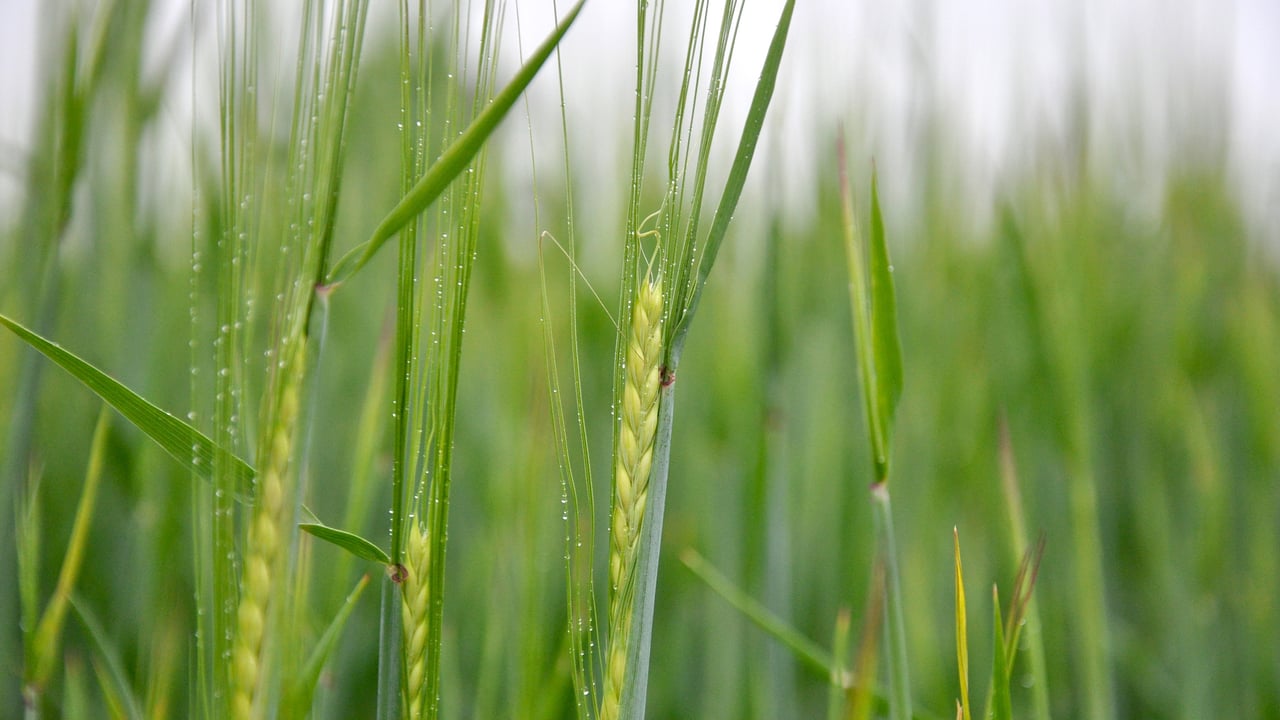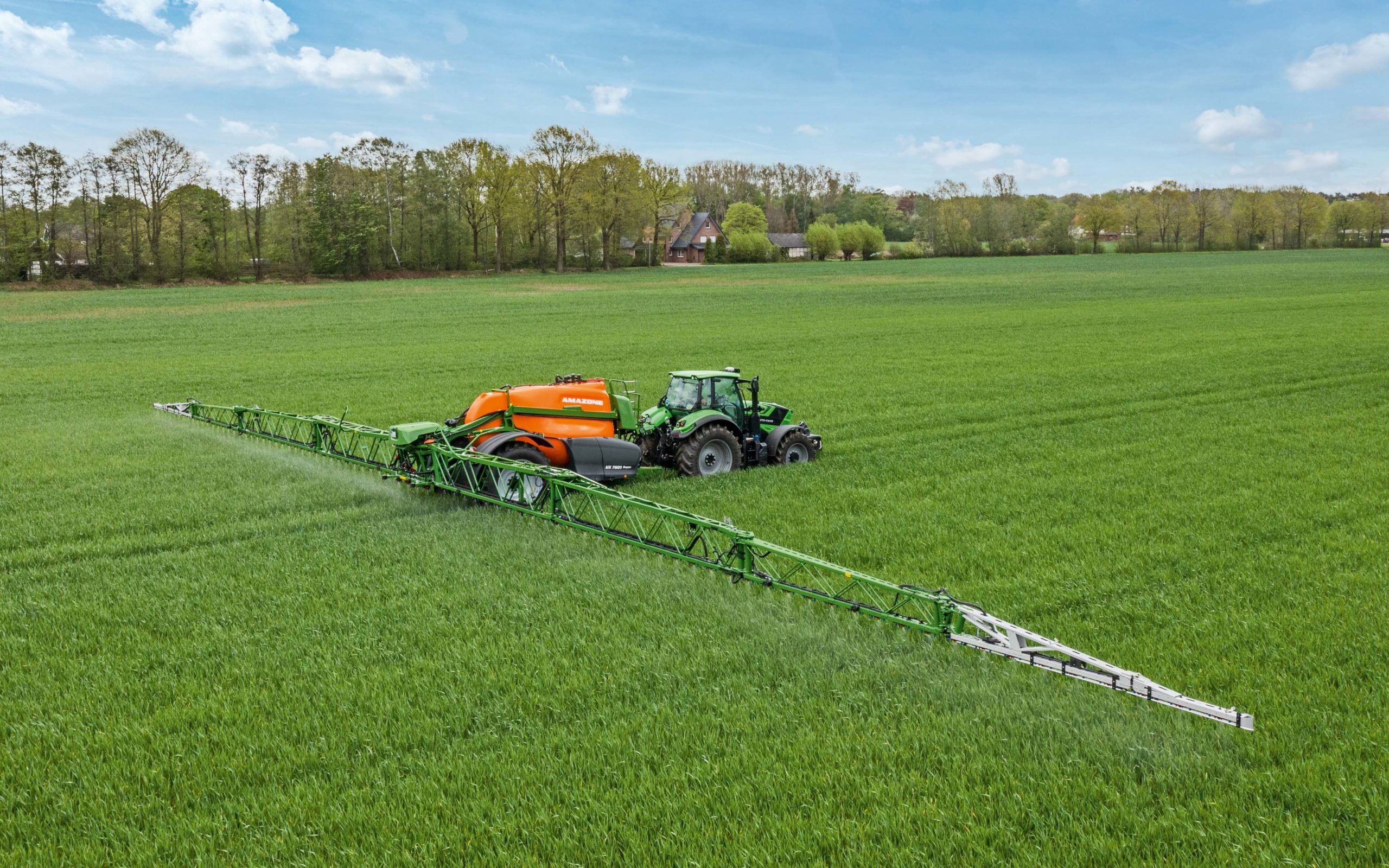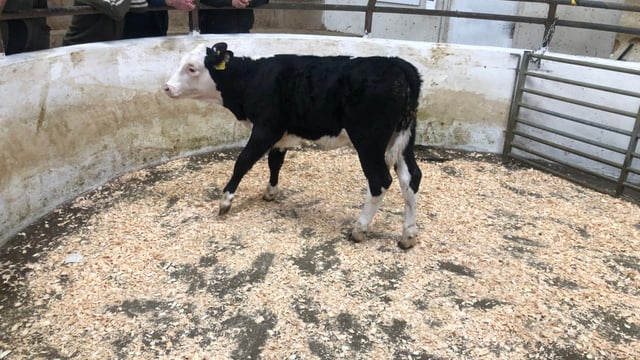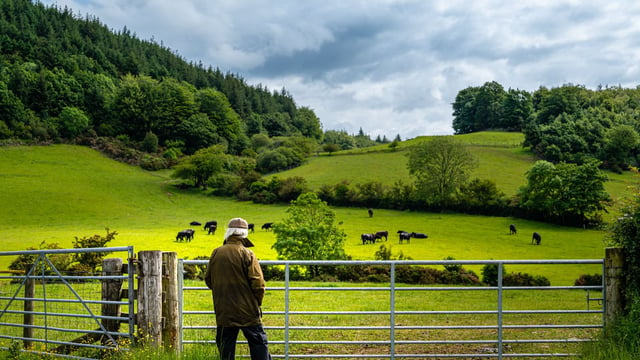Disease control in winter barley crucial to target yields
The area of winter barley planted for the 2025 season is significantly higher than in 2024, according to Teagasc, thanks to the favourable sowing conditions of last autumn.
Crop establishment has been excellent, with few bare patches in fields. As a consequence, winter barley crops are in a good position to perform well.
So, effective disease management will be crucial in achieving target yields.
Achieving a high yield of barley depends on producing a crop with a large number of grains per square metre.
Research confirms that high-yielding barley crops produce 18,000-20,000 grains per square metre and that ear number has the greatest influence on grain number; grain weight is not a large factor.
So, a ‘thin’ crop or a crop with a low ear number is unlikely to achieve a high yield because of the inability of a barley crop to compensate via higher individual grain weight.
Wheat, on the other hand, can compensate for thinner crops with more and heavier grains.
Fungicides play an important role in achieving high ear numbers. This is especially relevant in the early part of the growing season where disease can reduce the number of tillers produced.
The typical yield response from disease control in winter barley is much less than that in winter wheat but it is still significant at 1-1.5t/ha.
Teagasc trials show that a three-spray programme gives the best results - mid/late tillering, early stem extension and awn emergence.
Early stem extension and awn emergence application timings are the most important.
The earlier timing of mid- to late-tillering may be required in crops with a high level of disease or in varieties with poor disease resistance.
However, many growers get excellent disease control from a two-spray programme at stem extension and awn emergence.
For mildew control, prothioconazole-based products are effective. While mildew specific fungicides may not be necessary in all cases, if mildew pressure increases, adding a specific mildewicide should be considered with susceptible varieties.
Most winter barley varieties used in Ireland have good resistance to net blotch.
Ramularia poses the greatest threat late in the season. In high pressure situations, full control is unlikely, so the goal is to delay its impact long enough to minimise yield loss.
Current ramularia trials in train with Teagasc have been designed around barley varieties that are inherently resistant to both net blotch and rhynchosporium.






